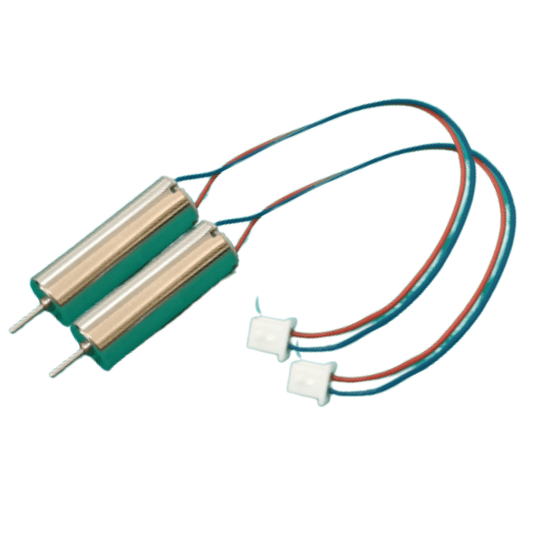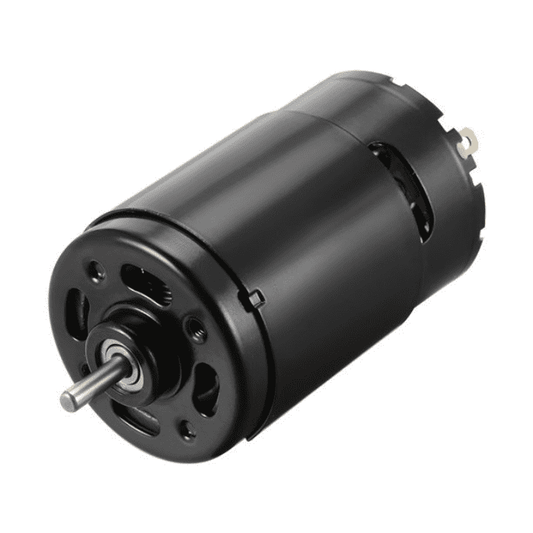- All orders confirmed before 3 pm IST are shipped on the
same day, barring rare pickup delays on holidays or disturbances - Delivery time in Metro cities is 1-3 days, Others it is
3-7 days. It varies based on location, reliant on courier services - Return window: 7 days from receipt unless stated
otherwise. No refunds/replacements after - Returns only for non-working/damaged products are accepted
- Initiate return requests to our customer service team via Support ticket or contact us at +91-8123057137
- Refunds are processed within 3-4 working days post inspection and approval.
For more details, please check our Shipping and Return Policy





